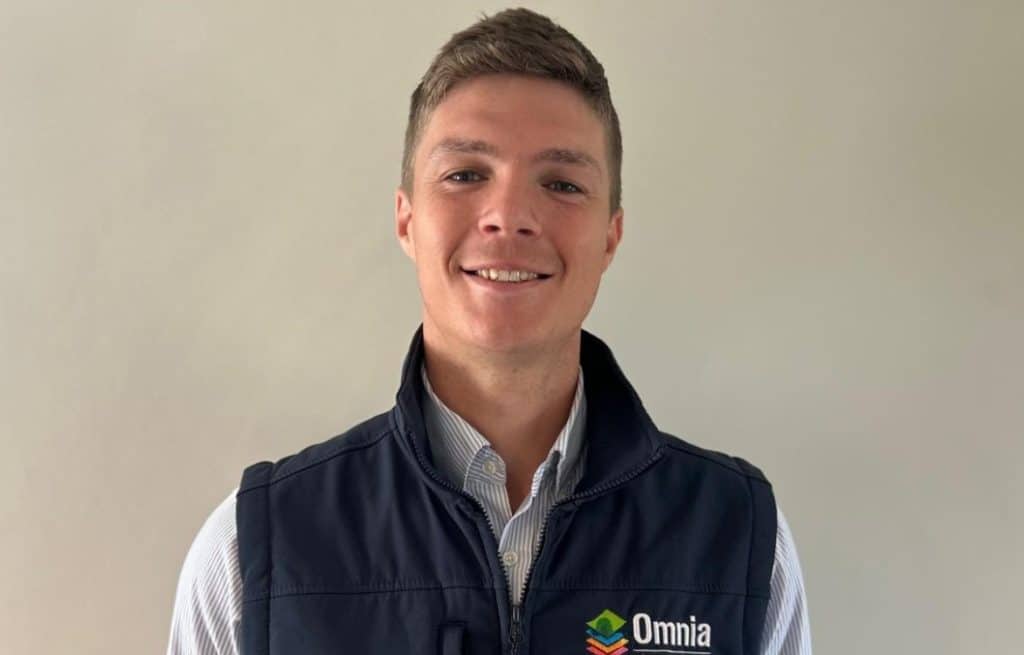Varying seed rates – Farm Contractor & Large Scale Farmer
Variable-rate seeding is the most effective and accessible method to improve crop establishment and canopy evenness ...
Variable-rate seeding is the most effective and accessible method to improve crop establishment and canopy evenness, according to Rowan Duckworth, digital services specialist at Hutchinsons. Through its Omnia product range, Hutchinsons offers both software and hardware options to enable growers to adjust seed rates.
For those looking to integrate variable rate without the capital investment of a new drill, the E-Seed system converts a landwheel metered machine into a variable-rate unit. For both these growers, and those already using an Isobus or variable-ate unlocked drill, Rowan recommends that TerraMap scanning be used ahead of creating application maps.
*TerraMap provides the highest- resolution soil mapping on the market,” he says. “It shows the make-up of the field, including nutrients and the sand, silt and clay content using up to 800 data points per hectare. This forms the basis of any variable-rate plan.”
The results from the TerraMap system can be inputted into the Omnia digital farming platform. This can be combined with additional data layers, such as weed pressure maps, as well as the desired sowing date and the thousand grain weight to create a variable-rate application map. Additionally, headland rates can be increased by a percentage to ensure an even crop across the field.
“It all starts with the seed survival rate of the crop,” explains Rowan. “An even crop of wheat normally requires a standing population of around 240 plants/sq m. The survival rate can vary between 50% and 95%, dependant on factors including soil type, slug pressure, the quality of the seedbed and weeds.”
Trust the system
One of the things that throws off new users of variable-rate seeder technology is the variation, says Rowan. “If there’s a 50% survival rate in areas of the field, this means the drill will be metering up to 500 seeds/sqm. You need to be brave and trust the calculation.
“The point is that it varies across the field, so those high seed rates will be counteracted by areas where 95% germination is possible and the seeds/sq m will drop back down to 240.”
He adds that growers will see continual improvement year on year as they continue to use variable-rate seeding.
The more data that can be added to the Omnia system enables a more accurate plan to be formed.
“The first year, variable-rate seeding might work across much of the field, but normalised difference vegetation index biomass imagery will likely highlight some areas that are thinner. This can be used as a comparison to adjust the rates for the next season, using the farmer’s own knowledge of the fields and the increased level of data to perfect it.”
This can be completed with overall yield maps. Using yield data combined with operational and input data across the full growing cycle enables Omnia to create a cost of production map for full and part fields.
“This is a crucial piece of the puzzle,” Rowan says. “For a long time, we have used yield as the metric of choice, but really, we should be looking at the net margin. Variable-rate seeding should help with the former, but the cost of production highlights the financial gain, or loss, from the field and allows growers to make informed decisions.”
Smart seeding
Variable rate can be a vital part of the toolbox in profitable farming. Combined with the other data streams, it can lead to even crops, regardless of soil conditions.
However, it can also highlight problem areas. Rowan acknowledges that one of the criticisms of variable rate- be it seed or fertiliser-is that you risk investing heavily in poor-performing areas, shifting that attention away from the most profitable areas of the field.
“When you combine the data available, it can show problem areas and decisions can be made about what to do with these,” he says. This could be remedial cultivations or new drainage systems, or in some cases could mean that corners or headlands are moved into biodiversity crops, as part of a subsidy scheme, or to simply minimise future investment.
